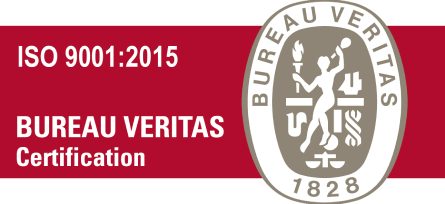The board of directors is accountable to oversee the company’s operations. They take decisions and decide on policy. In most companies the board is required to vote on decisions. To ensure that the board is able to make a sound decision process, your board should have clearly established rules for meetings and guidelines that everyone follows.
The rules for meeting that most boards follow are based on Robert’s Rules of Order, an English Parliamentary rule book that was written by American General Henry M. Robert in 1876 to stop meetings from devolving into chaos. While implementing Robert’s Rules of Order may not be necessary for every board, the use of formal guidelines can to create a framework that will ensure the fairness of debates in a digital or hybrid meeting in which directors may otherwise feel lost in the shuffle of faces on a computer screen.
The most important aspect of this is making sure that the agenda is clear and concise it is essential to have well-written board papers that are prepared and distributed in advance of the meeting to ensure that directors are ready to discuss the issues. It is crucial to reduce the time spent on routine issues and reports, since they can bog down an entire meeting.
Other meeting rules include limiting the number of instances that someone can speak about any given motion (two minutes) and making sure that every speaker is relevant to the topic at hand. Motions that create tension or a heated debate can be closed by a vote of two-thirds. To avoid unnecessary time, it’s crucial that all participants respect each other and do not undermine other members by slamming their motives or using insulting language.





